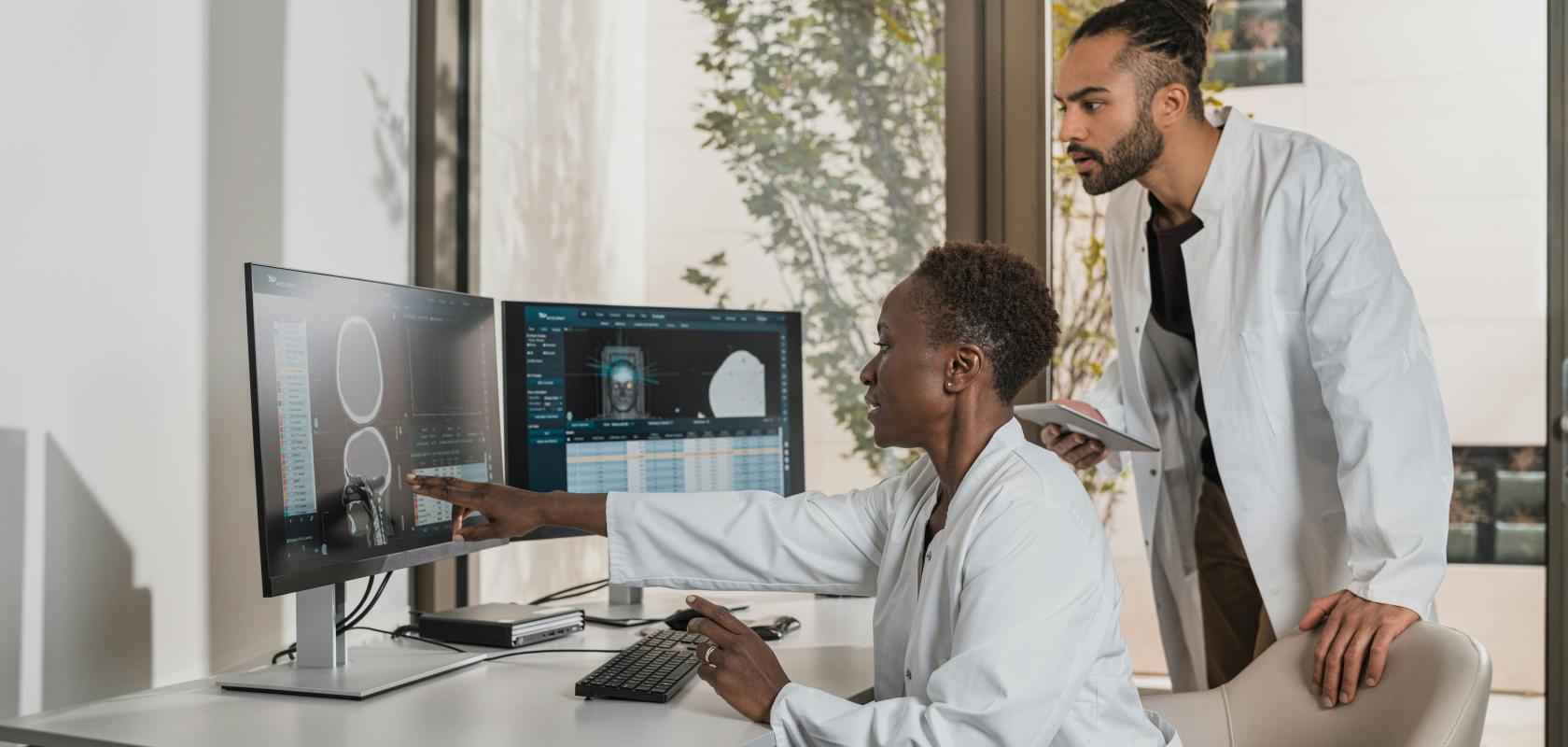Enhancing the accuracy and efficiency of healthcare services, Microsoft’s advanced medical image analysis platform utilises AI to transform diagnostics with improved early disease detection.
Technologies such as X-Rays, MRIs and CT scanning have been crucial to the advancement of healthcare over the past 100+ years, serving as just some of the essential machinery that makes up the modern doctor’s diagnosis toolkit. When it comes to interpreting the images, however, practitioners are given less help.
Making significant strides in the field of medical image analysis, a research team from Microsoft Health Futures has developed an AI-powered platform that utilises machine learning to accurately and efficiently provide doctors with diagnosis support, helping to reduce NHS waiting times, while also improving patient care.
Project InnerEye sees complex data patterns
Project InnerEye combines AI models with cloud computing resources, to rapidly process vast datasets and detect diseases, identify abnormalities and offer more precise treatment options, on an improved time scale. One of the key areas of success for the system, for example, is its ability to reduce diagnostic errors in oncology, cardiovascular diseases and particularly for radiology.
By integrating state-of-the-art computer vision technologies with expert medical knowledge, Project InnerEye is able to perform the automatic quantitative analysis of three-dimensional medical images, interpreting complex data patterns not easily detectable by humans, no matter how experienced.
“There are many medical experts in modern hospitals who are faced with a number of issues, and normally they spend an enormous amount of time trying to tackle those issues,” said Dr. Antonio Criminisi, a principal researcher at Microsoft who has been instrumental in Project InnerEye, “Radiologists look at images of patients and assess not only the type of disease, but also whether the disease is progressing or responding to treatment over time. Unfortunately, they do not have very good tools to do the latter. That’s where we can help.”
Democratising medical imaging with Project InnerEye and OSAIRIS
The goal of Microsoft Health Futures is to democratise medical image analysis, using AI and Project InnerEye to empower hospitals as well as researchers, life science organisations and other healthcare providers to access accurate and efficient medical imaging AI, save hours of doctors’ time spent preparing scans and cutting patient referral times.
Working closely with the University of Cambridge and Cambridge University Hospital’s NHS Foundation Trust, Addenbrooke's Hospital, Cambridge created OSAIRIS, an AI system that utilises Project InnerEye’s open-source software. Supported by a £500,000 grant from the NHS AI Lab, Dr. Jena, an oncologist at Cambridge University Hospital, tested open-source Project InnerEye software against the work of a doctor colleague, without finding a difference.
“OSAIRIS does much of the work in the background so that when the oncologist sits down to start planning treatment, most of the heavy lifting is done,” said Dr. Jena. The collaboration between Microsoft’s InnerEye team and Addenbrooke’s Hospital is “an example of the type of innovation that we wish to promote,” said Roland Sinker, CEO of Cambridge University Hospital's NHS Foundation Trust. “It is a good example of what can be achieved when the Trust works in collaboration with industry and the University in order to produce cutting-edge technologies with real-world applications in patient care.”


